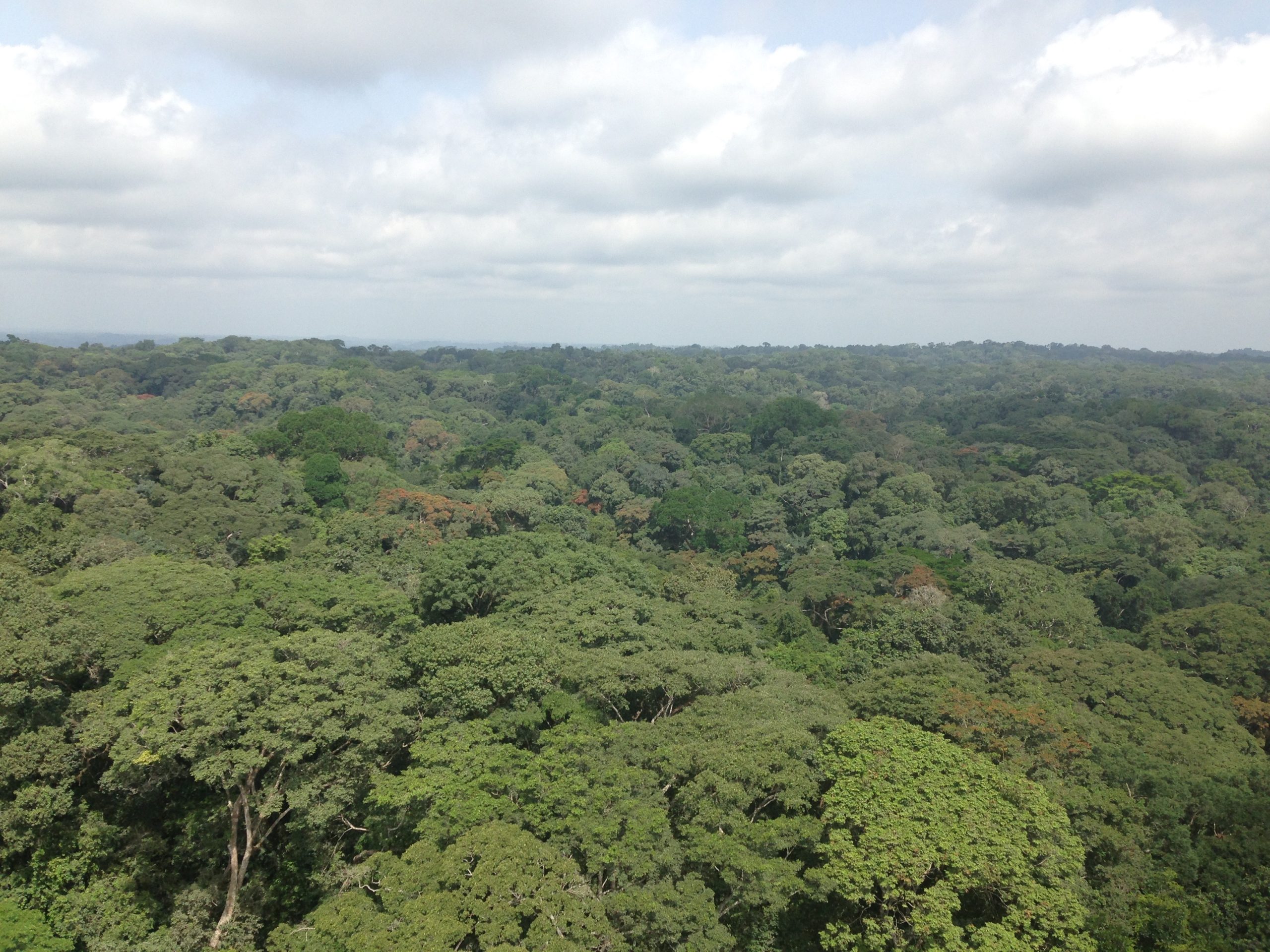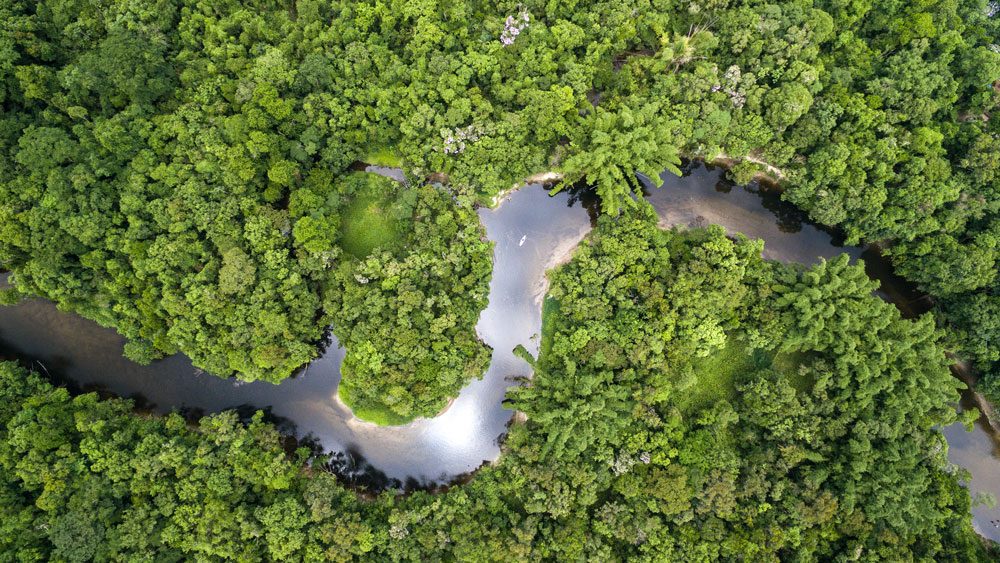
Carbon Cycle: land, atmosphere & oceans
Carbon is a critical part of the Earth system, as well as providing food and fuel for life. Earth Observation is a key tool for measuring and understanding the carbon cycle across scales.
Carbon is continually cycling between the biosphere, atmosphere and the oceans. Atmospheric carbon dioxide is fixed by vegetation as it grows, it is absorbed by the oceans, and is released by combustion of fossil fuels or biomass fires. We want to understand the feedbacks between the physical and biological processes involved in the carbon cycle, as well as how this impacts people and nature more generally to enable us to better mitigate and manage climate and biodiversity impacts.
NCEO’s work in this area is focused on quantifying stocks and fluxes of carbon across scales, from specific locations such as vulnerable tropical forests and dynamic ocean basins, to continental and global scales. We are combining these observations with state-of-the-art models to improve our understanding of processes, reduce uncertainty in predictions of the future and provide information to help inform decision-making.
Understanding the carbon cycle is essential for addressing climate change and protecting ecosystem health. This means making the most of all the tools available, from large-scale satellite missions to working with field measurement teams so that we know what the satellite measurements are really showing us.
Professor Mat Disney
NCEO Divisional Director of Carbon Cycle, based at UCL.
Key research groups
Carbon work in NCEO runs across a number of institutions, for example at:
- UCL: using lidar to measure and map forests;
- University of Leicester: using machine learning to develop new satellite maps of terrestrial carbon at global scales developing new models and datasets of ocean carbon cycle;
- University of Edinburgh: coupling observations and models across scales for predictions and diagnostics, using the CARDAMOM and DALEC;
- Plymouth Marine Laboratory: developing new models and datasets of ocean carbon cycle.
All our work is underpinned by expertise in data assimilation and large-scale computation, particularly with colleagues at the University of Reading and CEDA. We also work closely with colleagues at the UK Space Agency, the European Space Agency, NASA and others in developing new missions and methods.
Research priorities
- Identifying locations where we can quantify carbon stocks and fluxes top-down and bottom-up to reduce uncertainty and increase understanding.
- Exploiting new observations across scales.
- Locating hot-spots of change in the global carbon cycle.
- Improving models to help us attribute observed changes to their drivers.
- Working with stakeholders and the wider community to enable best use of EO information for policy action.
Our current work includes
- Measuring forest biomass using ground-based observations to help calibrate and validate satellite observations.
- Improving the process representation of biogenic ocean carbon cycle models and developing new long time-series of ocean carbon based on this.
- Developing machine learning-based approaches to upscaling satellite observations of terrestrial carbon from regional to global scales.
- Building new global diagnostics of terrestrial carbon cycling using ecological and atmospheric constraints and novel machine learning-based emulators of JULES.

Search datasets

NCEO produces various datasets related to climate change, including measurements of greenhouse gases, atmospheric composition, land surface changes and ocean health.
Our datasets are valuable for understanding the dynamics of climate change on a global scale and informing policies and actions to address it.






